
For a better and faster shopping experience, download app
Unkown
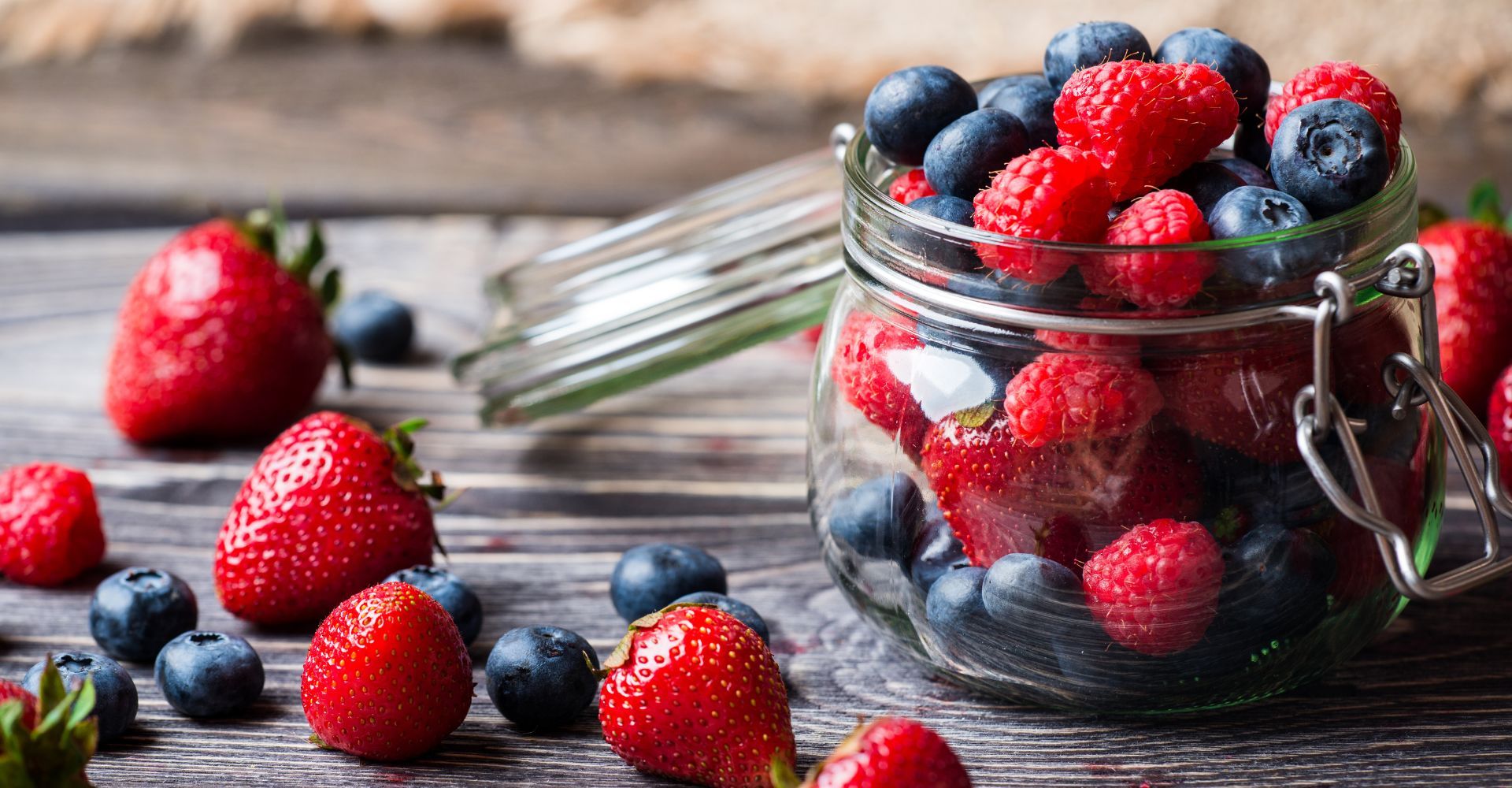
15 Incredible Fruits & Vegetables for PCOD
Understanding PCOD and the Critical Role of Nutrition
Polycystic Ovarian Disease (PCOD), affects approximately 8-13% of women worldwide, making it one of the most prevalent endocrine disorders among women of reproductive age. This condition is characterized by hormonal imbalances that can lead to enlarged ovaries with small cysts, irregular periods, excess androgen production, and metabolic complications.
While medication plays an important role in managing PCOD, nutrition stands as a cornerstone of effective treatment. The right dietary choices can significantly impact insulin sensitivity, inflammation levels, hormonal balance, and weight management—all critical factors in controlling PCOD symptoms and preventing long-term health complications.
In this comprehensive guide, we'll explore the most beneficial fruits and vegetables for women with PCOD, supported by scientific research and nutritional science. Whether you're newly diagnosed or looking to optimize your existing management plan, these powerful plant foods can help you take control of your symptoms naturally.
The Science Behind PCOD and Dietary Interventions
PCOD typically involves several interconnected mechanisms that can be influenced by diet:
- Insulin resistance: Up to 70% of women with PCOD experience insulin resistance, where cells become less responsive to insulin, leading to higher blood sugar levels and increased insulin production
- Hormonal imbalances: Elevated androgens (male hormones) and disrupted estrogen/progesterone balance
- Chronic low-grade inflammation: Persistent inflammation throughout the body that can worsen symptoms
- Oxidative stress: An imbalance between free radicals and antioxidants that can damage ovarian tissue
- Disrupted gut microbiome: Emerging research suggests gut bacteria imbalances may contribute to PCOD
The fruits and vegetables recommended below target these underlying issues through their unique nutritional profiles and bioactive compounds.
Top 7 Fruits That Can Transform PCOD Management
1. Berries: Nature's Antioxidant Medicine
Why they work for PCOD: All berries—including strawberries, blueberries, raspberries, and blackberries—are rich in antioxidants called anthocyanins that combat oxidative stress in ovarian tissue. Their low glycemic index means they won't spike insulin levels, addressing a core issue in PCOD.
Research highlight: A 2021 study published in the Journal of Ovarian Research found that women with PCOD who consumed berries regularly showed significant improvements in antioxidant status and reduced markers of inflammation compared to those who didn't.
Nutrient profile: High in vitamin C, manganese, fiber, and various polyphenols. One cup of mixed berries provides approximately 85% of daily vitamin C needs while containing only 70-85 calories.
How to include them: Add 1/2 cup to breakfast bowls, blend into hormone-balancing smoothies with protein powder, or enjoy as a naturally sweet dessert alternative topped with cinnamon (which has its own insulin-sensitizing benefits).
2. Green Apples: The Glycemic Control Fruit
Why they work for PCOD: Green apples have a lower sugar content and higher fiber compared to red varieties, making them ideal for insulin management in PCOD. They contain pectin, a soluble fiber that slows digestion and helps regulate blood sugar.
Research highlight: A study in the Archives of Gynecology and Obstetrics demonstrated that increased soluble fiber consumption improved insulin sensitivity markers by up to 12% in women with PCOD/PCOS.
Nutrient profile: Rich in quercetin (a flavonoid with anti-inflammatory properties), vitamin C, and approximately 4-5 grams of fiber per medium apple.
How to include them: Pair a sliced apple with a tablespoon of almond butter for a balanced snack, add to overnight oats, or incorporate into salads for crunch and natural sweetness.
3. Lemons and Limes: The Liver Support Duo
Why they work for PCOD: These citrus fruits support liver function, which is crucial for hormone metabolism and elimination of excess androgens—a key issue in PCOD. Their d-limonene content has been shown to support phase 1 liver detoxification.
Research highlight: Research in the Journal of Clinical Endocrinology and Metabolism suggests that improved liver function correlates with better hormonal profiles in women with PCOD.
Nutrient profile: Extremely rich in vitamin C, flavonoids, and limonoids with virtually zero impact on blood sugar levels.
How to include them: Start your day with warm lemon water to support liver function, use as a base for salad dressings instead of higher-calorie options, or add zest to dishes for flavor enhancement without added sugar.
4. Guava: The Tropical Hormone Helper
Why they work for PCOD: Guava contains more vitamin C than oranges, supporting adrenal function and stress management—important for women with PCOD who often experience HPA axis dysregulation. Its high fiber content (about 9g per fruit) helps control blood sugar spikes.
Research highlight: A study in the International Journal of Food Sciences and Nutrition demonstrated that guava consumption before meals reduced postprandial glucose levels by approximately 10% compared to control groups.
Nutrient profile: Exceptional source of vitamin C (228mg per fruit—over 250% of daily needs), good levels of potassium, folate, and lycopene.
How to include them: Eat fresh with a sprinkle of chaat masala (an Indian spice blend), add to tropical smoothies, or make sugar-free guava tea by simmering the leaves for stress reduction.
5. Pears: The Androgen-Balancing Fruit
Why they work for PCOD: Pears contain unique flavonoids that may help regulate androgen metabolism. Their high fiber content (about 6g per medium pear) supports blood sugar regulation and weight management—both crucial for PCOD control.
Research highlight: Research in the Journal of Nutritional Biochemistry found that certain flavonoids in pears can influence 5-alpha reductase activity, an enzyme involved in androgen metabolism.
Nutrient profile: Contains boron (a mineral that helps the body metabolize estrogen), vitamin K, copper, and a unique fiber composition that supports gut health.
How to include them: Consume whole with skin for maximum fiber, add slices to salads, bake with cinnamon for a warming dessert, or blend into smoothies with protein powder.
6. Pomegranate: The Fertility Fruit
Why they work for PCOD: Pomegranates contain unique compounds that may help reduce testosterone levels in women with PCOD. Their antioxidant content also supports ovarian health and may improve follicular development.
Research highlight: A clinical trial published in Endocrine Research found that women with PCOD who consumed pomegranate juice daily for eight weeks showed improved sex hormone profiles compared to the control group.
Nutrient profile: Exceptionally high in punicalagins and other polyphenols, vitamin C, potassium, and folate.
How to include them: Enjoy fresh seeds as a snack, sprinkle over yogurt, add to salads for color and crunch, or enjoy a small amount of pure, unsweetened juice diluted with water.
7. Kiwi: The Gut-Hormone Connection Fruit
Why they work for PCOD: Kiwis contain actinidin, an enzyme that aids protein digestion, along with prebiotic fiber that supports gut health—an emerging factor in PCOD management. They also contain nutrients that support progesterone production.
Research highlight: A 2020 study in Nutrients journal found that regular kiwi consumption improved gut microbiome diversity, which has been linked to better hormonal profiles in women with PCOD.
Nutrient profile: More vitamin C than oranges, high in vitamin K, vitamin E, folate, and copper.
How to include them: Eat whole with the skin on for maximum fiber, add to breakfast bowls, blend into green smoothies, or make into chia pudding for a hormone-supporting dessert.
Top 8 Vegetables That Can Transform PCOD Management
1. Leafy Greens: The Mineral Powerhouses
Why they work for PCOD: Spinach, kale, Swiss chard, and other leafy greens are rich in magnesium (an often-deficient mineral in PCOD) that improves insulin sensitivity. They also provide B vitamins and folate that support hormone methylation and ovulation.
Research highlight: A study in the American Journal of Clinical Nutrition found that women with the highest intake of leafy greens had a 22% lower risk of insulin resistance compared to those with the lowest intake.
Nutrient profile: Exceptional sources of magnesium, folate, vitamin K, iron, and calcium. Just one cup of cooked spinach provides 38% of daily magnesium needs.
How to include them: Aim for 2-3 cups daily through breakfast smoothies, lunch salads, sautéed as dinner side dishes, or added to soups, stews, and curries.
2. Cruciferous Vegetables: The Estrogen Regulators
Why they work for PCOD: Broccoli, cauliflower, Brussels sprouts, and cabbage contain compounds like indole-3-carbinol (I3C) and diindolylmethane (DIM) that support healthy estrogen metabolism and may help reduce excess androgens in PCOD.
Research highlight: Research in the Journal of Medicinal Food showed that DIM supplementation improved estrogen metabolism and reduced testosterone in women with PCOD.
Nutrient profile: Rich in sulforaphane (a powerful antioxidant), vitamin C, vitamin K, fiber, and various glucosinolates that support detoxification.
How to include them: Steam or roast 1-2 cups several times weekly, add to stir-fries, or pulse cauliflower in a food processor to create low-carb rice alternatives for blood sugar control.
3. Beetroot: The Liver-Supporting Root Vegetable
Why they work for PCOD: Beetroot supports liver detoxification pathways involved in hormone processing. It contains betalains that help eliminate toxins and support phase 2 liver detoxification, potentially helping with excess androgen clearance.
Research highlight: A study in the Journal of Functional Foods demonstrated that beetroot extract improved liver enzyme function and reduced oxidative stress markers in women with metabolic syndrome, a condition often overlapping with PCOD.
Nutrient profile: High in betaine (which reduces homocysteine, an inflammatory marker), folate, manganese, potassium, and unique phytonutrients.
How to include them: Grate raw into salads, roast with olive oil and herbs, blend small amounts into smoothies, or enjoy as borscht soup.
4. Bell Peppers: The Vitamin Powerhouses
Why they work for PCOD: All colors of bell peppers are packed with vitamin C—crucial for adrenal function and stress management in PCOD. Their high water and fiber content support satiety without blood sugar impact.
Research highlight: Research published in the British Journal of Nutrition indicates that the unique combination of vitamins and carotenoids in bell peppers provides significant anti-inflammatory benefits that may help reduce PCOD symptoms.
Nutrient profile: One red bell pepper contains over 150% of daily vitamin C needs, plus substantial vitamin A, B6, folate, and powerful antioxidants like quercetin and luteolin.
How to include them: Slice raw for dipping in hummus, stuff with protein-rich fillings for complete meals, or roast and add to salads, grain bowls, and frittatas.
5. Garlic and Onions: The Insulin Sensitizers
Why they work for PCOD: These allium vegetables contain allicin and quercetin, compounds shown to improve insulin sensitivity—a key factor in PCOD management. They also support cardiovascular health, important since PCOD increases heart disease risk.
Research highlight: Multiple studies have shown that compounds in allium vegetables can reduce fasting blood glucose levels and improve insulin response by up to 18% in insulin-resistant individuals.
Nutrient profile: Rich in organosulfur compounds, chromium, manganese, vitamin B6, and numerous antioxidants.
How to include them: Use as a flavor base for most cooked dishes, roast whole garlic heads for a milder flavor, or include raw onions in salads and salsas.
6. Carrots: The Anti-Inflammatory Root
Why they work for PCOD: Carrots provide beta-carotene that converts to vitamin A in the body, supporting thyroid function—often compromised in PCOD. Their unique fiber type also supports healthy estrogen metabolism.
Research highlight: A study published in Food & Function found that beta-carotene accumulates in ovarian tissue and may help protect follicles from inflammation and oxidative damage, potentially benefiting ovulation in women with PCOD.
Nutrient profile: Exceptional source of beta-carotene (one large carrot provides over 200% of daily vitamin A needs), biotin, vitamin K1, potassium, and antioxidants.
How to include them: Enjoy raw as snacks with hummus, grate into slaws and salads, roast with anti-inflammatory herbs, or juice with ginger and turmeric.
7. Zucchini The Low-Glycemic Alternatives
Why they work for PCOD: These versatile vegetables are extremely low in carbohydrates while providing substantial fiber, making them ideal for insulin-resistant PCOD. They also deliver potassium and B vitamins that support metabolic function.
Research highlight: Research in the International Journal of Food Sciences and Nutrition suggests that replacing higher-carb foods with low-glycemic vegetables like zucchini can improve insulin sensitivity markers by up to 11% in women with PCOD.
Nutrient profile: High water content (95%), good source of potassium, manganese, vitamin C, and lutein/zeaxanthin for eye health.
How to include them: Spiralize as pasta alternatives, use as low-carb taco shells, add to stir-fries, grill as side dishes, or shred and incorporate into baked goods to reduce flour content.
8. Turmeric Root (Fresh): The Golden Anti-Inflammatory
Why they work for PCOD: Though technically a rhizome, fresh turmeric root deserves mention for its curcumin content, which has been shown to reduce inflammation and potentially improve insulin sensitivity—both critical for PCOD management.
Research highlight: A randomized controlled trial published in Complementary Therapies in Medicine found that women with PCOD who supplemented with curcumin showed improvements in fasting blood glucose and insulin levels compared to placebo.
Nutrient profile: Contains curcumin, demethoxycurcumin, bisdemethoxycurcumin, and volatile oils with anti-inflammatory properties.
How to include them: Grate fresh root into smoothies, steep in hot water with black pepper (enhances absorption) and ginger for tea, or add to curries, soups, and golden milk.
Creating a PCOD-Friendly Eating Plan: Putting It All Together
Sample Meal Plan Featuring Recommended Fruits and Vegetables
Breakfast:
- Green smoothie with spinach, kiwi, berries.
- Sprinkle of cinnamon and ground flaxseed
Lunch:
- Large salad with mixed greens, bell peppers, and carrots
- Olive oil and lemon dressing
Snack:
- Green apple with 1 tablespoon almond butter
Dinner:
- Roasted cruciferous vegetable medley (broccoli, cauliflower, Brussels sprouts)
- Zucchini noodles with garlic and onion tomato sauce
- Protein of choice
Evening:
- Warm turmeric milk with cinnamon (unsweetened almond milk base)
Key Principles for PCOD Meal Planning
- Balance macronutrients: Include protein, healthy fat, and fiber with each meal to stabilize blood sugar
- Timing matters: Some research suggests that eating larger meals earlier in the day benefits insulin sensitivity
- Hydration: Drink adequate water throughout the day to support overall metabolic function
- Portion awareness: Even healthy foods should be consumed in appropriate amounts
- Consider food sequencing: Consuming vegetables and protein before carbohydrates can reduce post-meal glucose spikes
Lifestyle Factors That Enhance Dietary Benefits for PCOD
While nutrition forms the foundation of natural PCOD management, these complementary approaches can enhance results:
- Regular physical activity: Combining strength training (3-4 times weekly) with moderate walking (daily) appears most effective for PCOD
- Sleep optimization: Aim for 7-9 hours of quality sleep to support hormone balance
- Stress management: Practices like yoga, meditation, or breathing exercises help reduce cortisol, which can worsen PCOD symptoms
- Environmental considerations: Reducing exposure to endocrine-disrupting chemicals in plastics and personal care products
Conclusion: Empowered Eating for PCOD Management
The fruits and vegetables outlined in this guide offer powerful natural support for women with PCOD. By strategically incorporating these foods into your daily diet, you can address the root causes of the condition—insulin resistance, inflammation, and hormonal imbalances—rather than just managing symptoms.
Remember that dietary changes take time to show results, typically 3-6 months for significant hormonal improvements. Consistency is key, as is taking a comprehensive approach that includes appropriate medical care alongside nutrition and lifestyle modifications.
With the right approach, many women experience significant improvements in their PCOD symptoms, from more regular cycles to better energy, clearer skin, reduced hair issues, and improved fertility. The power of food as medicine shines particularly bright when it comes to managing this complex hormonal condition.
FAQs About Fruits and Vegetables for PCOD
Q: Are all fruits safe for women with PCOD? A: While fruits offer valuable nutrients, women with severe insulin resistance may need to moderate intake of higher-sugar fruits like bananas, grapes, and mangoes. Focus on berries, green apples, and other lower-glycemic options, and pair fruit with protein or healthy fat to reduce blood sugar impact.
Q: How quickly can dietary changes improve PCOD symptoms? A: Some women notice improvements in energy and cravings within 2-3 weeks, while menstrual regularity and other hormonal changes typically take 3-6 months to become noticeable. Patience and consistency are essential.
Q: Should I avoid carbohydrates completely with PCOD? A: No, but choosing the right carbohydrate sources matters tremendously. The complex carbs in vegetables and moderate amounts of whole grains are beneficial, while refined carbs and sugars can worsen insulin resistance.
Q: Can a plant-based diet help with PCOD? A: Many women find success with plant-focused eating patterns, though some may benefit from including quality animal proteins. The emphasis should be on whole, unprocessed foods regardless of whether you include animal products.
Q: How does PCOD dietary management differ from PCOS? A: The dietary approaches for PCOD and PCOS are virtually identical, as both conditions involve insulin resistance, inflammation, and hormonal imbalances that respond to the same nutritional strategies.
Plump, deep blue with a succulent & sweet-tart taste
- 125 Gm
- 2x (125 Gms)
₹347
₹269
Fresh, crunchy, bright greenish skin, juicy & Imported Apples
- 2 Pcs (250-300 Gms)
- 4 Pcs (500-600 Gms)
₹135
Vibrant green color, smooth and firm, delivers a refreshing, slightly crisp texture with a sweet-tart flavor
- 4 Pcs (550-650 Gms)
- 2 Pcs (275-325 Gms)
₹242
₹194
Large in size, shiny skin & bright red in colour
- 2 Pcs (450+ Gms)
- 4 Pcs (900+ Gms)
₹192
Vibrant green & tender leaves with a crisp texture that delivers mildly sweet and earthy flavor
- 250 Gm
- 500 Gms
- 1 Kg
₹49
₹40
White to creamish compact curd with closely packed florets, offering a mildly earthy and nutty vegetal flavor
- 1 Pc (400-600 Gms each)
- 2 pc x (400-600 Gms each)
₹71
₹49
Lush & vibrant colored skin, blocky-shaped, sweeter than other varieties
- 1 Pc x (100-170 Gms)
- 2 Pcs x (100-170 Gms)
₹61
Vibrant green color & smooth skin with a crisp texture and mild to bitter in taste
- 250 Gms (2-3 pcs)
- 500 Gms (4-5 pcs)
₹43
₹28
Dried garlic bulbs: white cloves, strong pungent taste, and aroma
- 100 Gms
- 250 Gms
- 500 Gms
₹39
₹34
Shiny orange color and conical shape with a distinct earthy flavor
- 250 Gms (4-5 pcs)
- 500 Gms (9-10 pcs)
₹36
₹25
Vibrant yellow color, creamy texture, & slightly sweeter than green Zucchini
- 1 Pc x (200-250 gms)
- 2 Pcs x (200-250 gms)
₹76






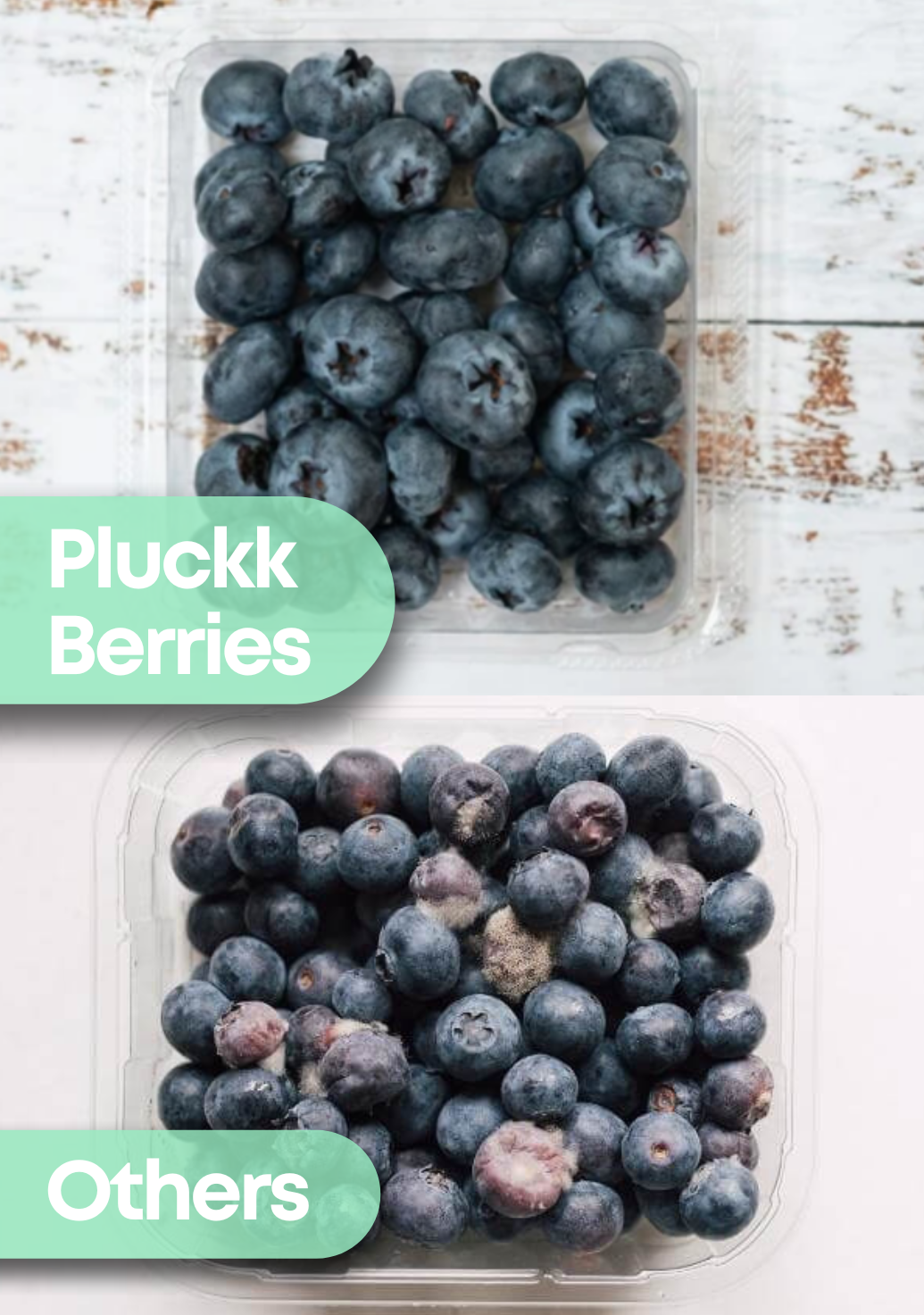
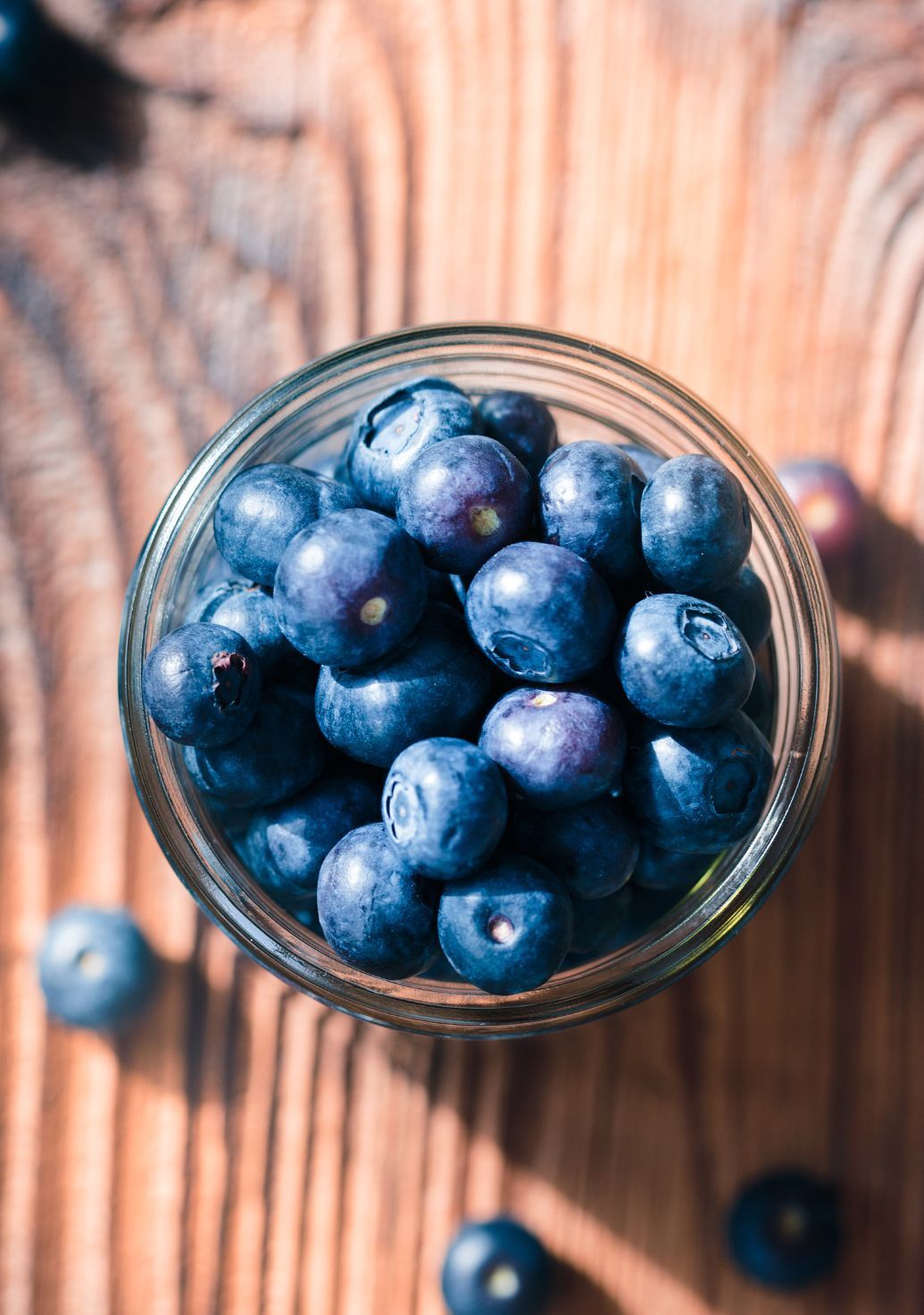
![Apple Granny Smith [Imported]img 1 Apple Granny Smith [Imported]img 1](https://im.pluckk.in/unsafe/1035x0/uploads/25401-vertical-images-sku-5.jpg)
![Lemon [Ozone-Washed]img 2 Lemon [Ozone-Washed]img 2](https://im.pluckk.in/unsafe/1053x0/uploads/new_sku_designs_v3/111111223AL/2.jpg)
![Lemon [Ozone-Washed]img 1 Lemon [Ozone-Washed]img 1](https://im.pluckk.in/unsafe/1053x0/uploads/new_sku_designs_v3/111111223AL/1.jpg)
![Guava Thai [Indian]img 1 Guava Thai [Indian]img 1](https://im.pluckk.in/unsafe/1053x0/uploads/new_sku_designs_v3/231211215AG/1.jpg)
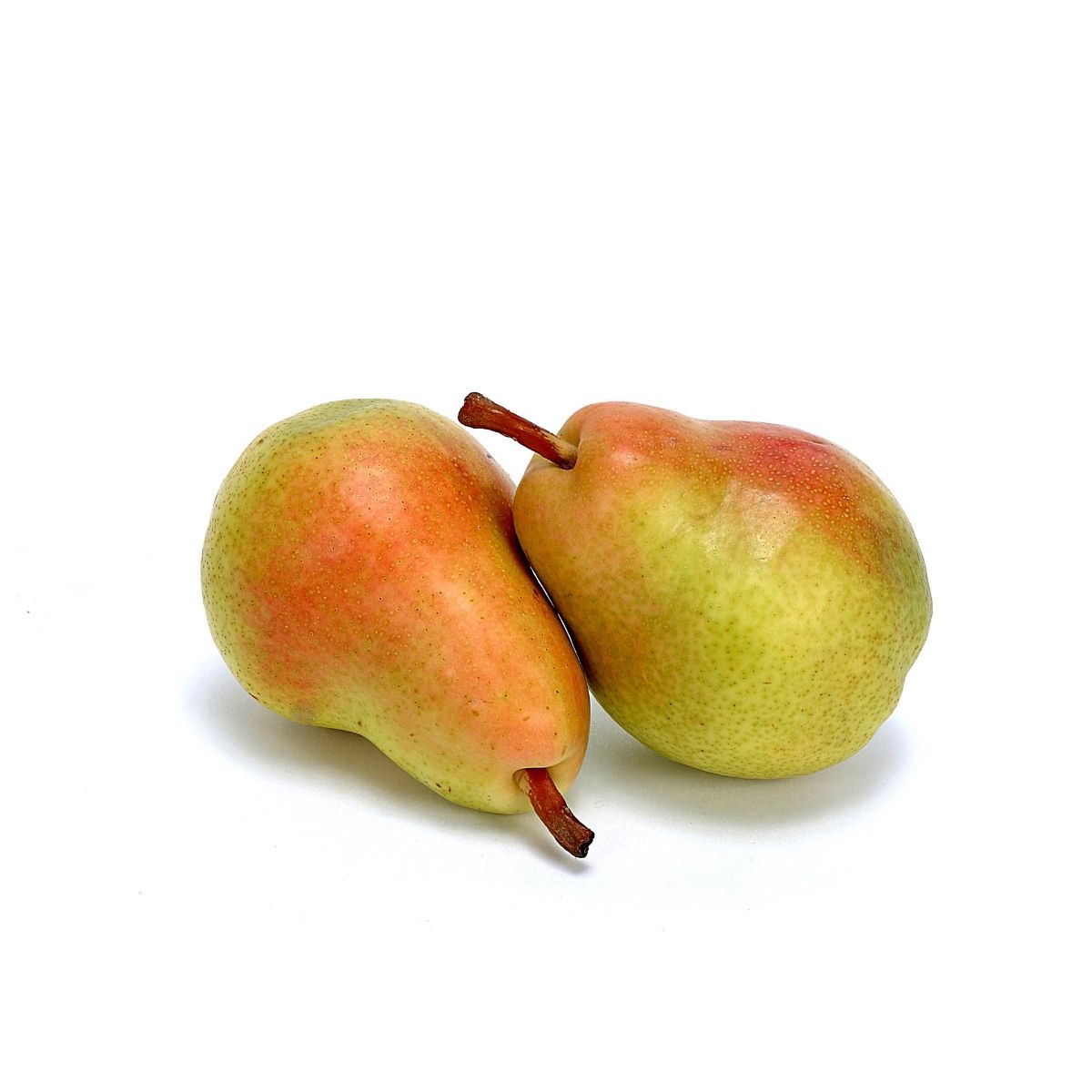
![Pear Green [Imported]img 3 Pear Green [Imported]img 3](https://im.pluckk.in/unsafe/1053x0/uploads/new_sku_designs_v3/242621275AH/3.jpg)
![Pear Green [Imported]img 1 Pear Green [Imported]img 1](https://im.pluckk.in/unsafe/1053x0/uploads/new_sku_designs_v3/242621275AH/1.jpg)
![Pear Green [Imported]img 2 Pear Green [Imported]img 2](https://im.pluckk.in/unsafe/1053x0/uploads/new_sku_designs_v3/242621275AH/2.jpg)
![Kiwi Green [Imported]img 4 Kiwi Green [Imported]img 4](https://im.pluckk.in/unsafe/1053x0/uploads/new_sku_designs_v3/242221220AF/4.jpg)
![Kiwi Green [Imported]img 1 Kiwi Green [Imported]img 1](https://im.pluckk.in/unsafe/1053x0/uploads/new_sku_designs_v3/242221220AF/1.jpg)
![Kiwi Green [Imported]img 5 Kiwi Green [Imported]img 5](https://im.pluckk.in/unsafe/1035x0/uploads/27814-vertical-images-sku-48.jpg)
![Kiwi Green [Imported]img 2 Kiwi Green [Imported]img 2](https://im.pluckk.in/unsafe/1053x0/uploads/new_sku_designs_v3/242221220AF/2.jpg)
![Kiwi Green [Imported]img 3 Kiwi Green [Imported]img 3](https://im.pluckk.in/unsafe/1053x0/uploads/new_sku_designs_v3/242221220AF/3.jpg)
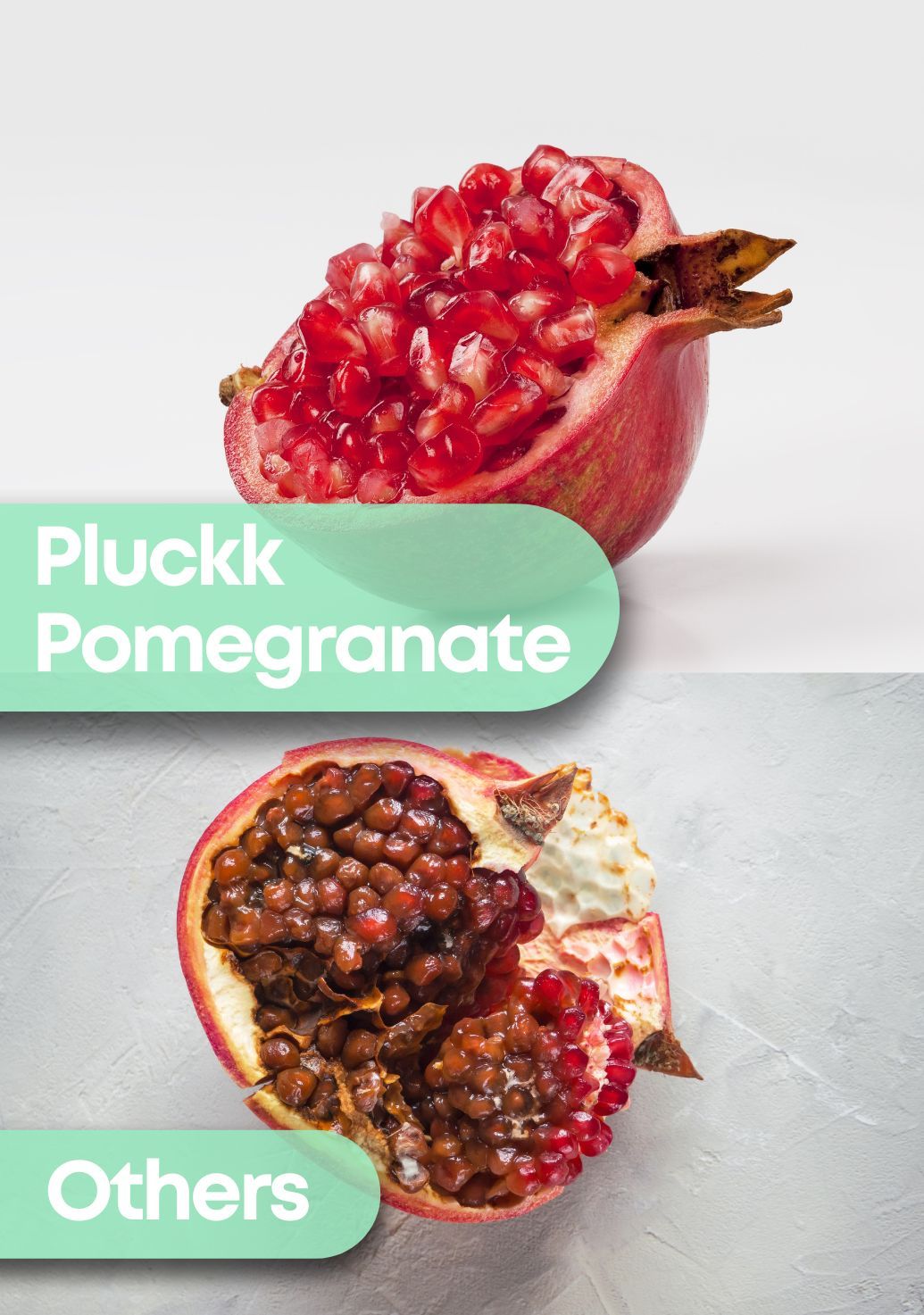
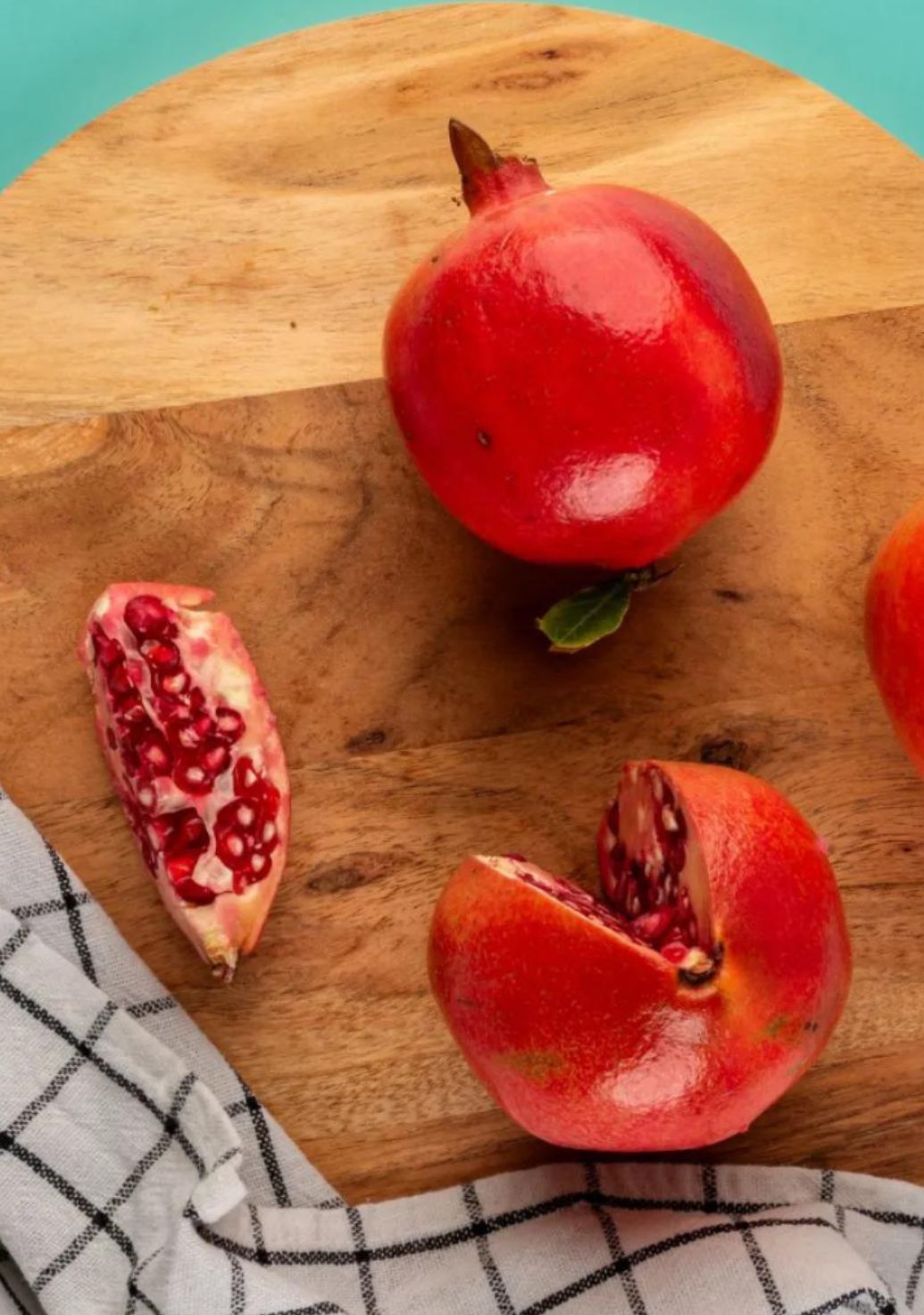
![Spinach [Palak]img 2 Spinach [Palak]img 2](https://im.pluckk.in/unsafe/1053x0/uploads/new_sku_designs_v3/111011298AL/2.jpg)
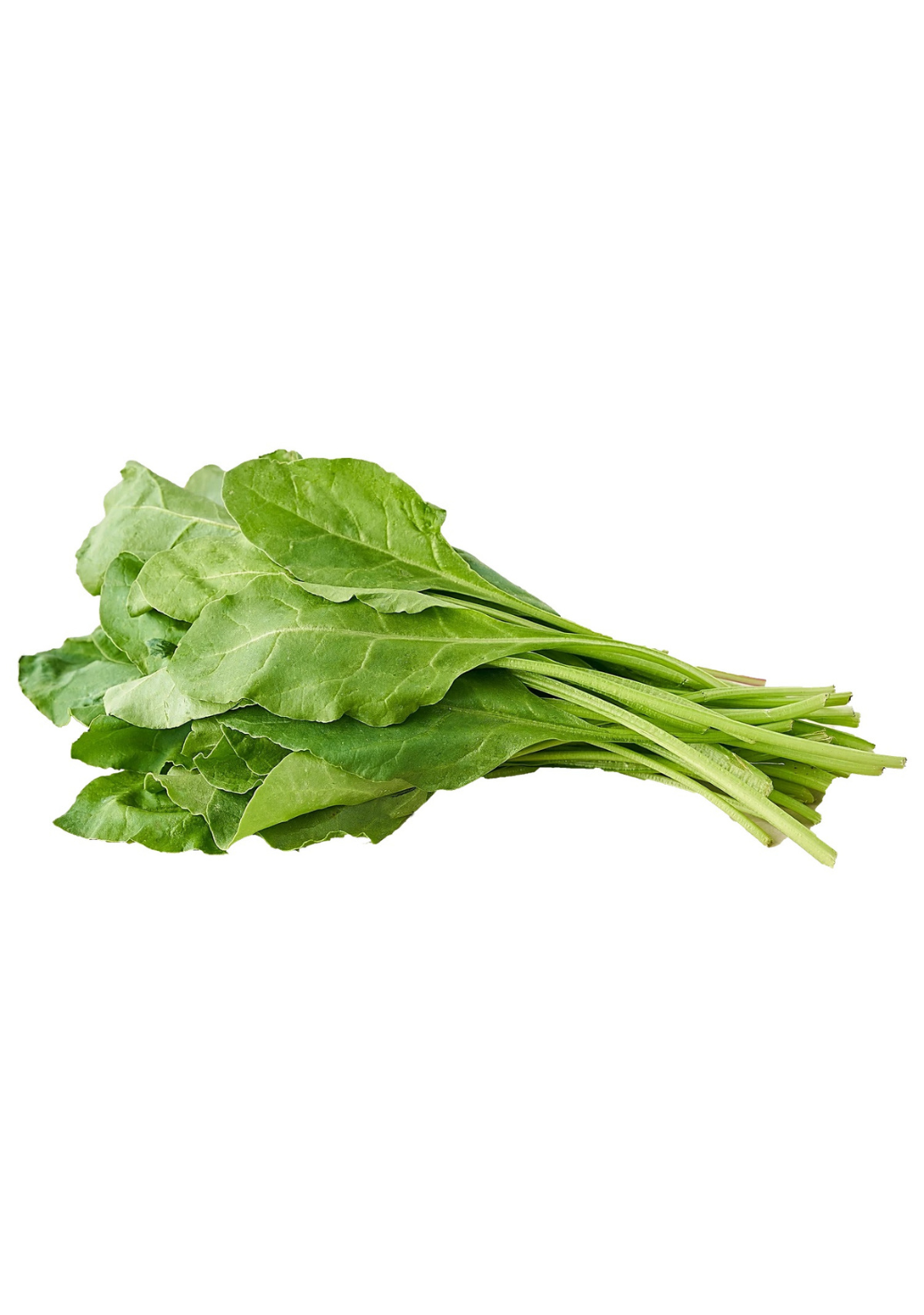
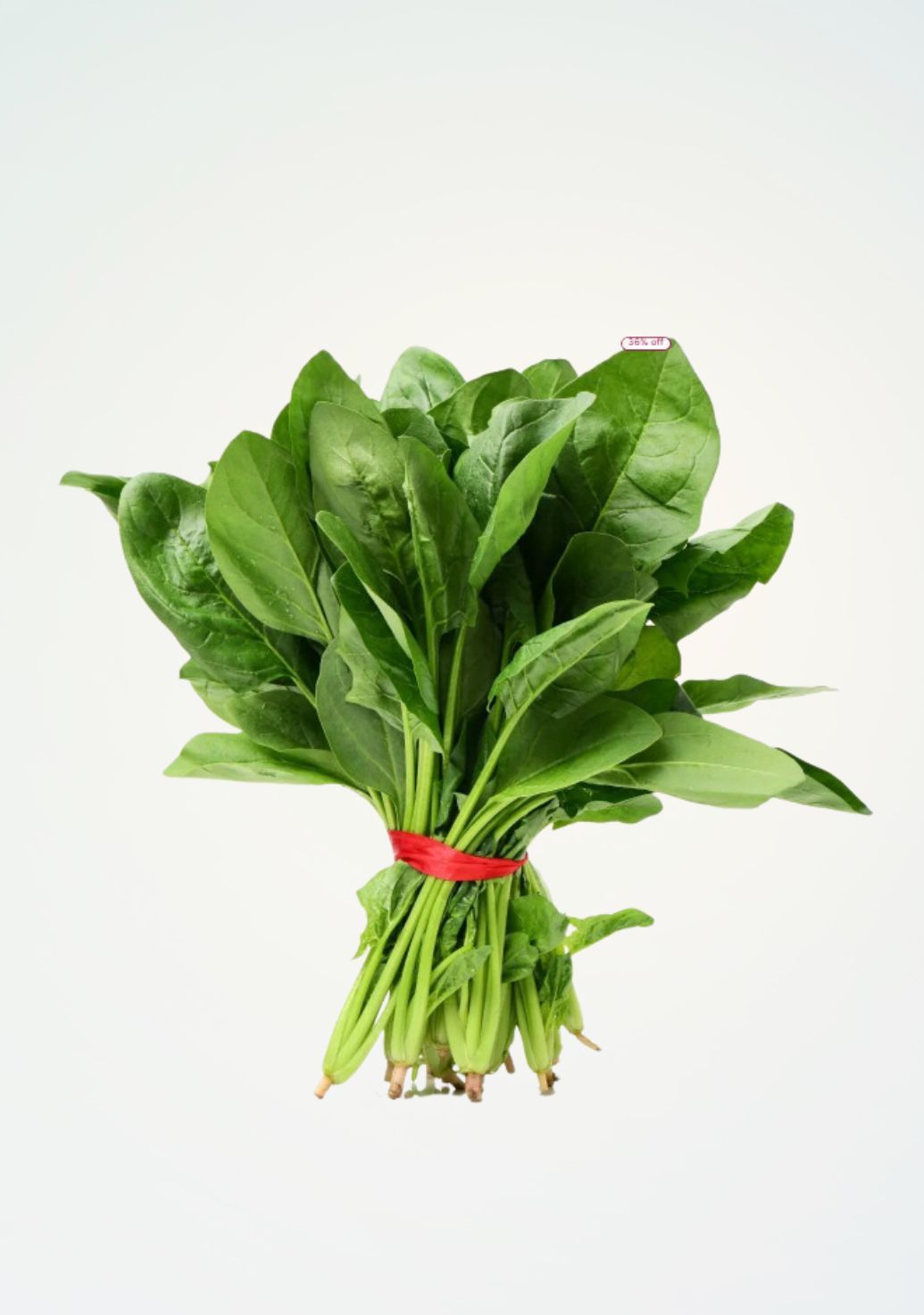
![Spinach [Palak]img 1 Spinach [Palak]img 1](https://im.pluckk.in/unsafe/1053x0/uploads/new_sku_designs_v3/111011298AL/1.jpg)







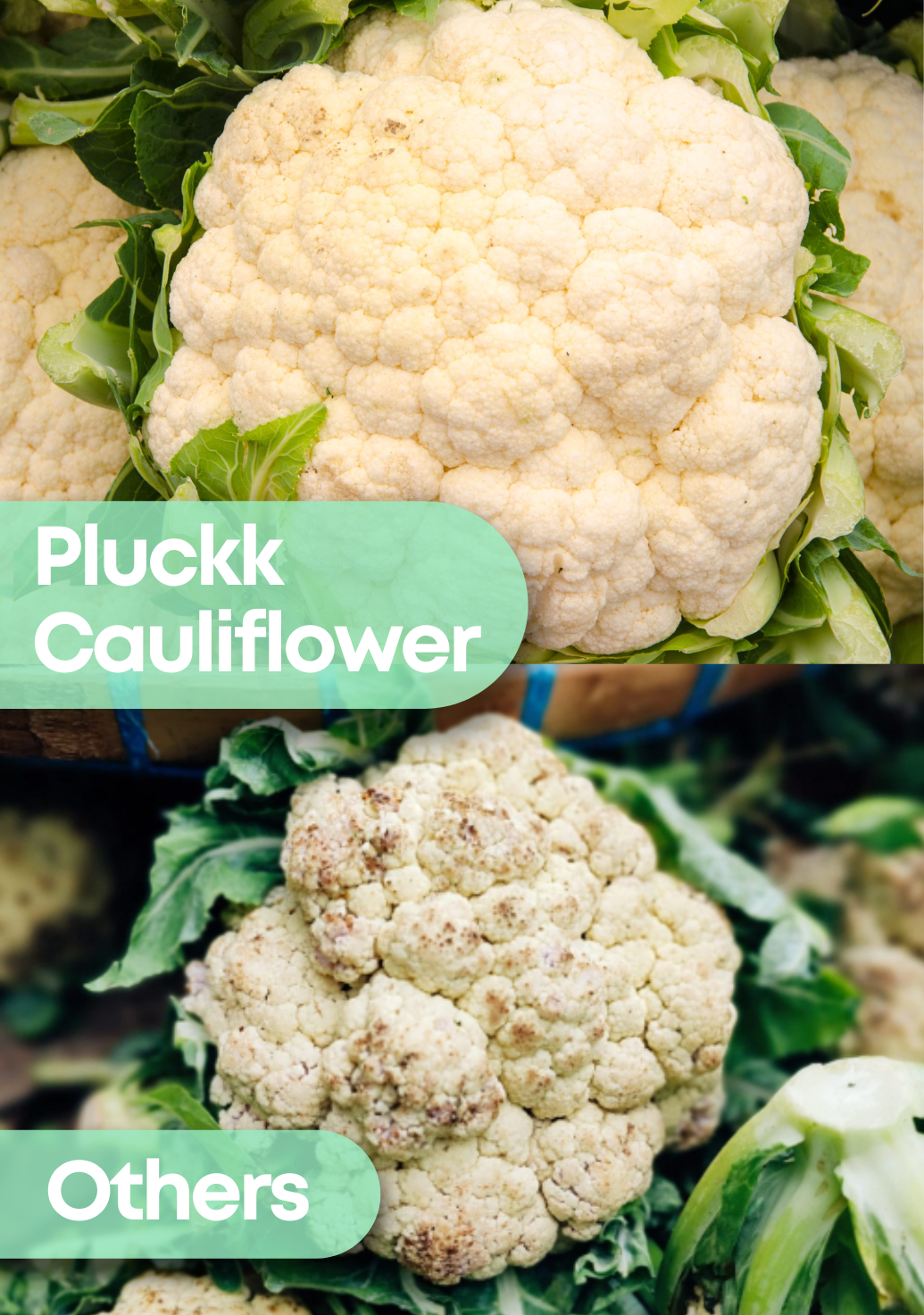
![Beetroot [Chukandar]img 3 Beetroot [Chukandar]img 3](https://im.pluckk.in/unsafe/1035x0/uploads/new_sku_designs_v3/111111140AL/3.jpg)
![Beetroot [Chukandar]img 1 Beetroot [Chukandar]img 1](https://im.pluckk.in/unsafe/1032x0/uploads/new_sku_designs_v3/111111140AL/1.jpg)
![Beetroot [Chukandar]img 2 Beetroot [Chukandar]img 2](https://im.pluckk.in/unsafe/1035x0/uploads/new_sku_designs_v3/111111140AL/2.jpg)
![Capsicum Red [Ozone-Washed]img 3 Capsicum Red [Ozone-Washed]img 3](https://im.pluckk.in/unsafe/1053x0/uploads/new_sku_designs_v3/121111161AL/3.jpg)
![Capsicum Red [Ozone-Washed]img 1 Capsicum Red [Ozone-Washed]img 1](https://im.pluckk.in/unsafe/1053x0/uploads/new_sku_designs_v3/121111161AL/1.jpg)
![Capsicum Red [Ozone-Washed]img 4 Capsicum Red [Ozone-Washed]img 4](https://im.pluckk.in/unsafe/1035x0/uploads/27905-vertical-images-sku-49.jpg)
![Capsicum Red [Ozone-Washed]img 2 Capsicum Red [Ozone-Washed]img 2](https://im.pluckk.in/unsafe/1053x0/uploads/new_sku_designs_v3/121111161AL/2.jpg)
![Capsicum Green [Ozone-Washed]img 3 Capsicum Green [Ozone-Washed]img 3](https://im.pluckk.in/unsafe/1032x0/uploads/new_sku_designs_v3/121111355AF/3.jpg)
![Capsicum Green [Ozone-Washed]img 1 Capsicum Green [Ozone-Washed]img 1](https://im.pluckk.in/unsafe/1032x0/uploads/new_sku_designs_v3/121111355AF/1.jpg)
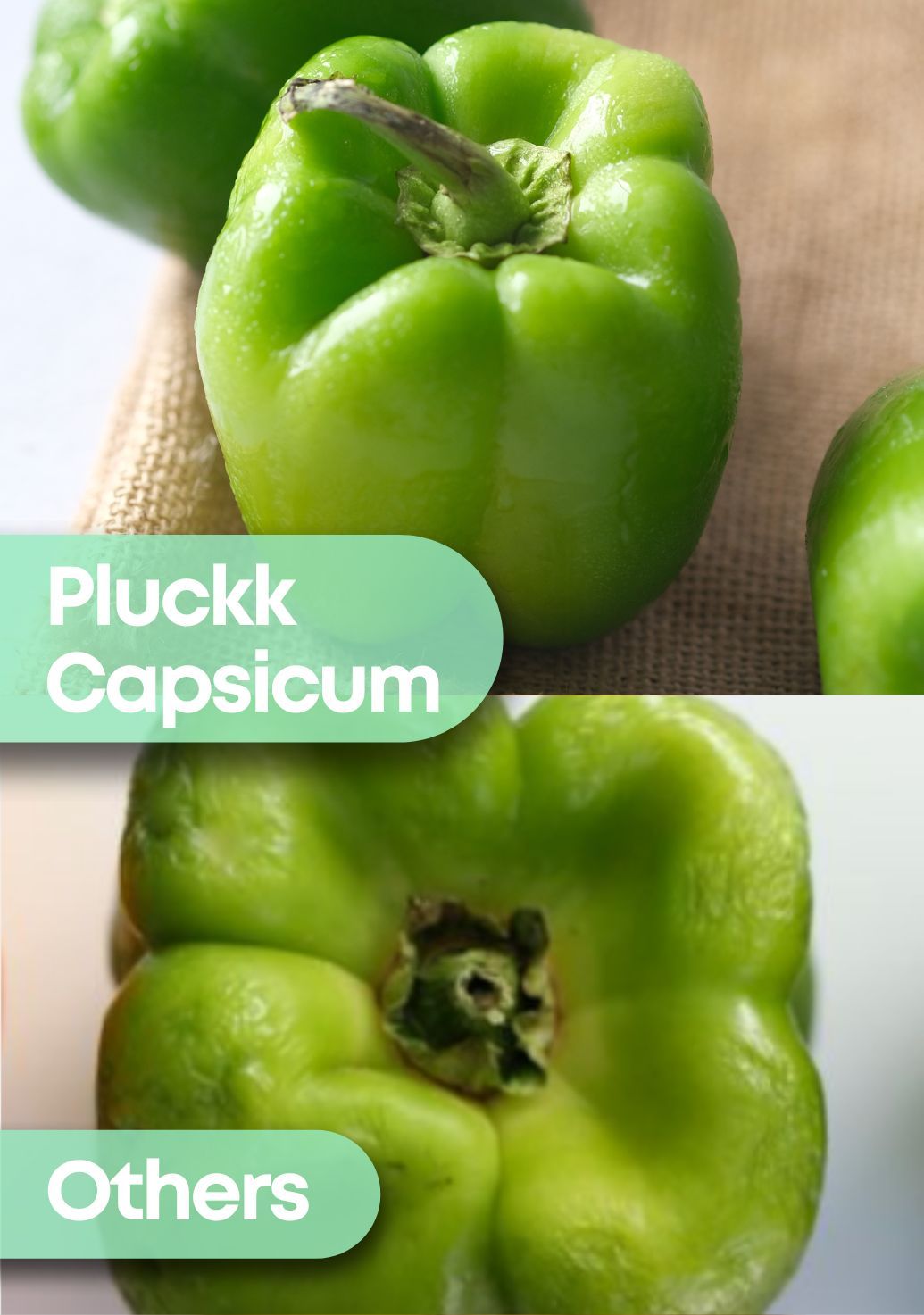
![Capsicum Green [Ozone-Washed]img 2 Capsicum Green [Ozone-Washed]img 2](https://im.pluckk.in/unsafe/1032x0/uploads/new_sku_designs_v3/121111355AF/2.jpg)
![Garlic [Lehsun]img 2 Garlic [Lehsun]img 2](https://im.pluckk.in/unsafe/1032x0/uploads/new_sku_designs_v3/111111199AB/2.jpg)
![Garlic [Lehsun]img 1 Garlic [Lehsun]img 1](https://im.pluckk.in/unsafe/1032x0/uploads/new_sku_designs_v3/111111199AB/1.jpg)


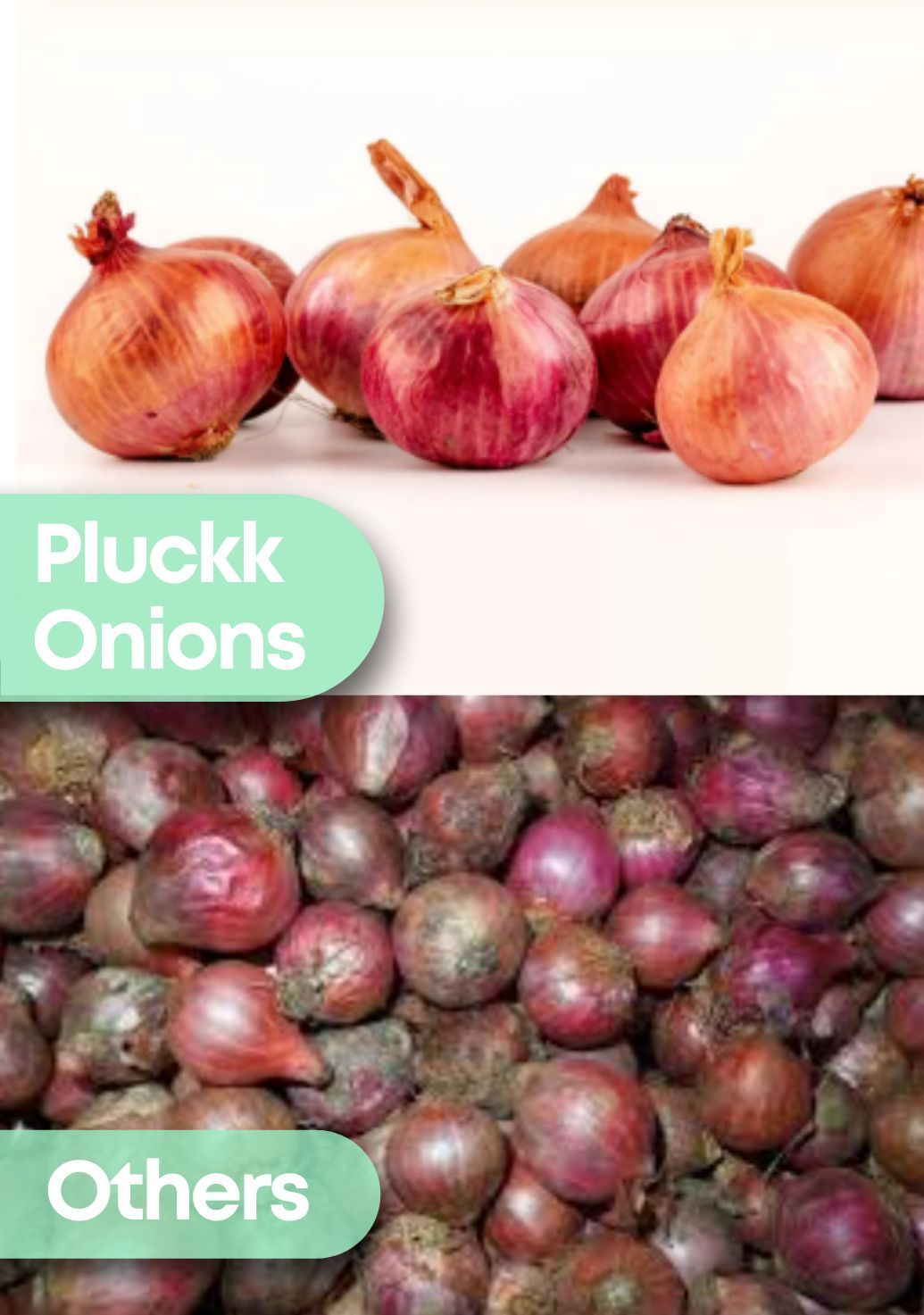
![Carrot Orange [English]img 3 Carrot Orange [English]img 3](https://im.pluckk.in/unsafe/1035x0/uploads/new_sku_designs_v3/111113166AF/3.jpg)
![Carrot Orange [English]img 1 Carrot Orange [English]img 1](https://im.pluckk.in/unsafe/1032x0/uploads/new_sku_designs_v3/111113166AF/1.jpg)
![Carrot Orange [English]img 2 Carrot Orange [English]img 2](https://im.pluckk.in/unsafe/1032x0/uploads/new_sku_designs_v3/111113166AF/2.jpg)
![Zucchini Yellow [Ozone-Washed]img 1 Zucchini Yellow [Ozone-Washed]img 1](https://im.pluckk.in/unsafe/1053x0/uploads/new_sku_designs_v3/121111325AL/1.jpg)



